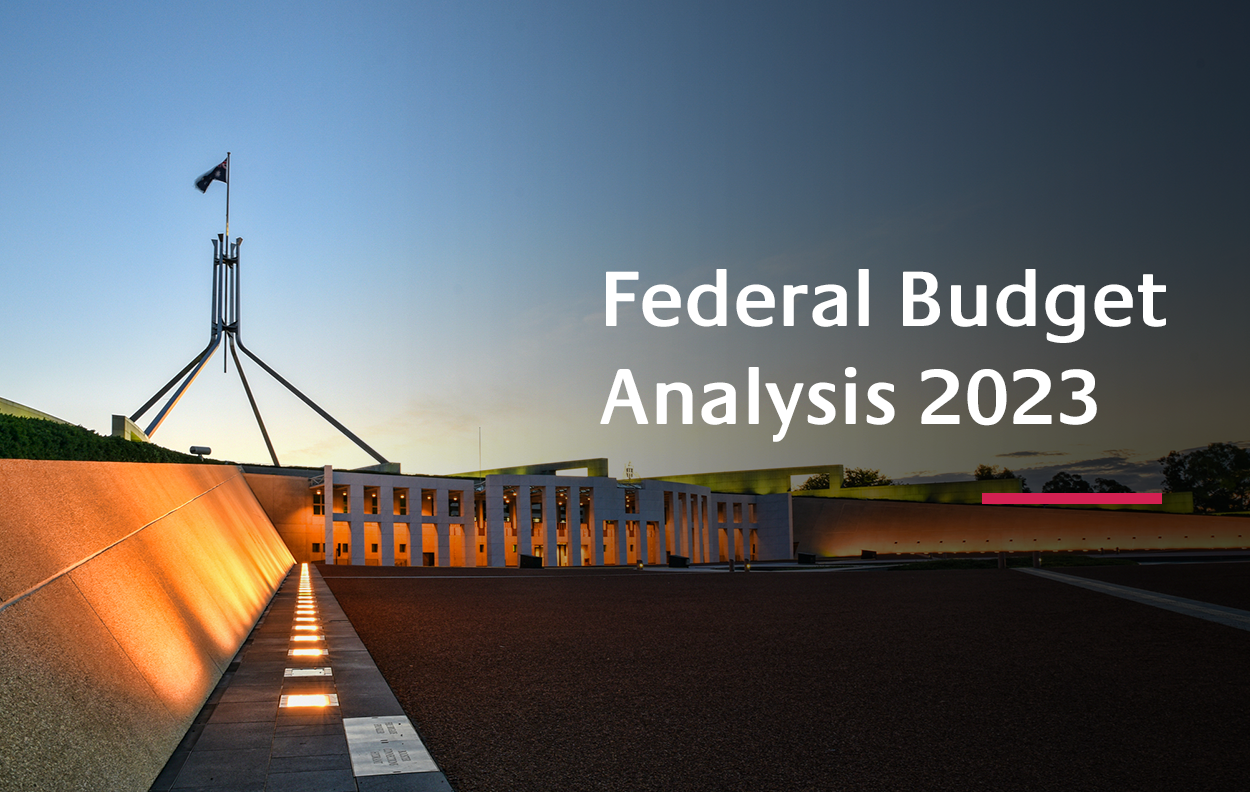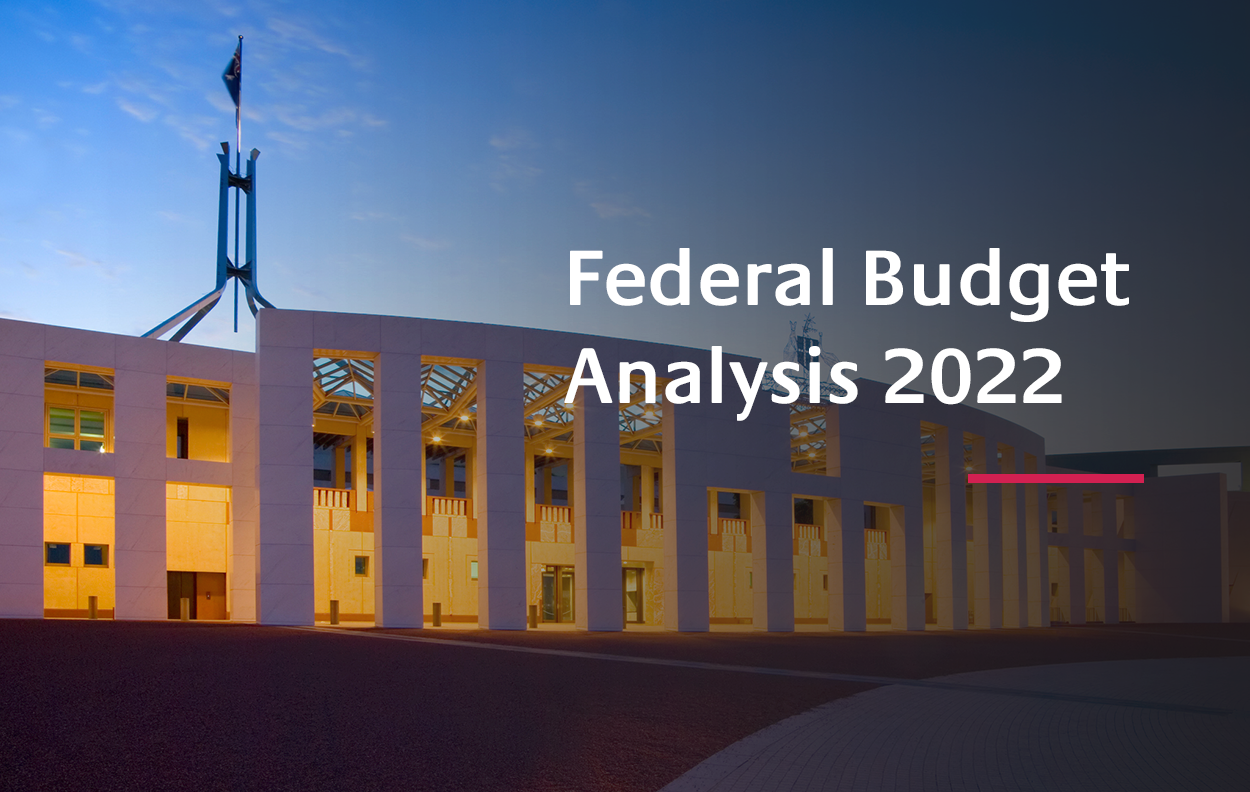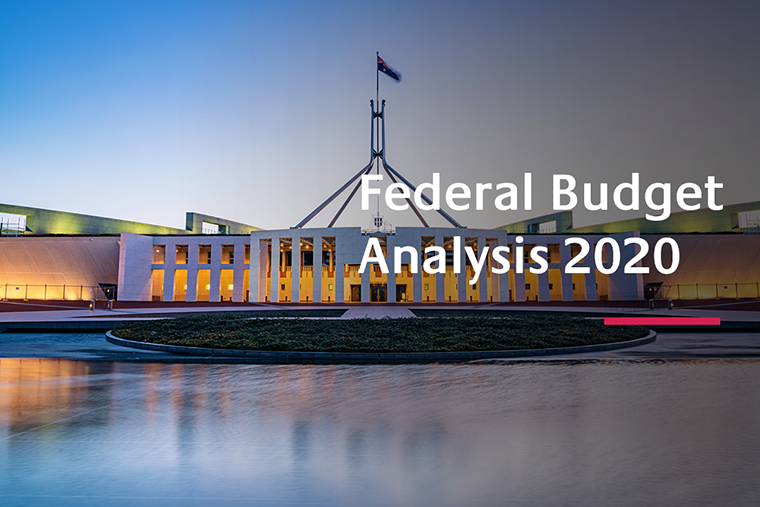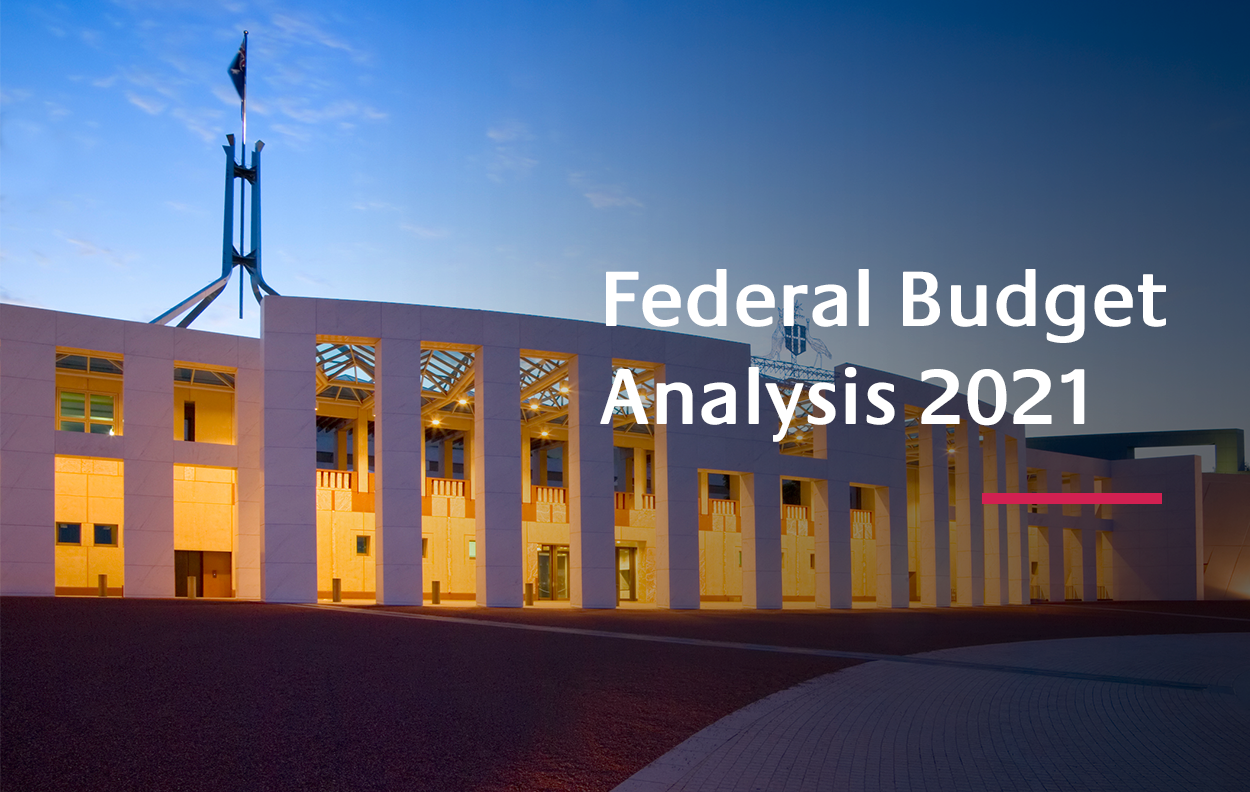Treasurer Jim Chalmers has handed down the first surplus budget in 15 years with a focus on cost of living relief and alleviating inflationary pressures for a “Stronger Economy and Fairer Society”
The budget has directed much of the $14.6 billion package to those “most in need” or already on welfare and other government assistance programs.
The tax team at Prosperity bring you the main highlights from the Budget for business and individuals.
Medical and Health sector
The “Centre Piece” of the budget is the $5.7bn is to be allocated for free visits to the GP by.
- tripling the Bulk Billing Incentive payment to GPs for Commonwealth concession card holders and patients under 16 years of age;
- Grant programs for GPs to assist with expanding community based health care to take the pressure off public hospitals and increase coverage in regional areas and remote communities.
The Workforce Incentive Program-Practice Stream will also receive a funding boost of $445.1 million spread over 5 years from 2023.
The funding will allow for an increase in incentive payments to $130,000 per practice per annum as well as to broaden the eligibility criteria for the payment, allowing more general practices to benefit from it.
The additional funding will also assist practices to grow their multidisciplinary teams and hire more health professionals, including nurses, allied health workers, and other healthcare practitioners.
Small Business Support – $20,000 instant asset write-off
The instant asset write-off threshold will be increased to $20,000 from 1 July 2023 until 30 June 2024.
Small businesses with aggregated annual turnover of less than $10 million will be able to immediately deduct the full cost of eligible assets costing less than $20,000 that are first used or installed ready for use between 1 July 2023 and 30 June 2024. The $20,000 threshold will apply on a per asset basis, so small businesses can instantly write off multiple assets.
Assets valued at $20,000 or more (which cannot be immediately deducted) must be placed into a small business simplified depreciation pool and be depreciated at 15 per cent in the first income year and 30 per cent each income year thereafter.
While the instant asset write-off will be increased to $20,000 from 1 July 2023, it should be noted that temporary fully expensing, which was introduced in October 2020 will end on 30 June 2023. Under the temporary full expensing measures, eligible businesses can claim a deduction for the full value of eligible assets with no upper limit on the asset value.
In practice, this means that eligible businesses can immediately deduct for the full cost of eligible assets up to 30 June 2023 regardless of the value. However, from 1 July 2023, the full cost of an asset can only be immediately deducted if the asset costs less than $20,000.
Aged Care
One of the big winners from this year’s Budget are Aged Care Workers. They will benefit from a 15% increase in their award wages over the next year, rather than two years as originally proposed.
Child Care
It’s good news for families with children in childcare and a household income below $530,000. The childcare subsidy changes will finally become reality from 1 July.
For families earning less than $80,000, the subsidy for their first child will to 90%. For those on more than $80,000, the subsidy will progressively fall based on their income.
Personal Tax Rates
The Treasurer has confirmed that the Stage 3 tax cuts will remain unchanged at this point. However, he did not rule out reviewing this again in next year’s Budget pending economic data.
Tax cuts are due to take effect from 1 July 2024.
The Treasurer also confirmed that the Low and middle income tax offset (LMITO), which ended 30 June 2022, will not be extended.
Superannuation
There were no further announcements to Superannuation in the budget, The major changes to superannuation were announced prior to the budget with the changes seeking to raise additional tax revenue from the “top end of town”.
The first change announced back in February 2023, with a start date of 1 July 2025, is the introduction of an additional 15% tax on superannuation earnings where the member balance exceeds $3 million.
The other major change to commence 1 July 2026 will require employers having to pay their employees superannuation guarantee amount at the same time as they make their salary payments, instead of the current quarterly cycle.
Although not a new announcement, the superannuation guarantee rate is also set to increase from the current 10.5% to 11% from 1 July 2023 and increase again to 12% from 1 July 2025.
Tax Benefits for Business
Small Business Energy Incentive
This incentive will provide a bonus for businesses with annual turnover of less than $50 million through an additional 20 per cent deduction on spending that supports electrification and more efficient use of energy.
Up to $100,000 of total expenditure will be eligible for the incentive equal to a maximum tax deduction of $20,000 per business.
This measure is only for one year and for expenditure in the 2023-24 year.
It is also very similar to the Technology Investment Boost measure announced in the March 2022 Federal Budget.
If your business has not taken full advantage of the Technology Investment Boost, you have until 30 June 2023 to make your purchases before the initiative ends.
The Energy Price Relief Plan
A rebate of up to $325, which translates to a $650 benefit, will be available to eligible small businesses to assist with their power bills.
Property sector
The Government has delivered on its promise to explore tax breaks for build-to-rent investment with a lowering of withholding tax for eligible fund payments from MITs to foreign tax residents attributable to build-to-rent properties.
The new measures will apply to build-to-rent developments comprising 50 or more units that are offered for rent to the wider public. These residential units must remain under the same ownership for a minimum of 10 years before they can be put up for sale, and landlords are required to provide a lease agreement of no less than three years for each dwelling.
This will reduce MIT tax from 30% to 15% from 1 July 2024. Capital works deductions will also increase from 2.5% to 4% for build-to-rent constructions commencing after Budget night.
State governments are also offering incentives for build-to-rent properties, primarily, a 50% reduction in land tax is being offered.
Tackling tax avoidance
The Government will continue to pursue the global minimum 15% tax from multinationals starting with the introduction of a15% domestic minimum rate applying to income years starting on or after 1 January 2024.
The Government has also already introduced a limit on debt deductions with changes to the thin capitalisation rules.
The Government will improve the integrity of the tax system by expanding the scope of general anti-avoidance rule for income tax (Part IVA) so that it can apply to:
- Schemes that reduce the tax paid in Australia by accessing a lower withholding tax rate on income paid to foreign residents
- Schemes that achieve an Australian income tax benefit, even where the dominant purpose was to reduce foreign income tax
This measure would apply to income years commencing on or after 1 July 2024, regardless of whether the scheme was entered into before that date.
The Government is also providing additional funding to the ATO with Personal Income Tax and GST compliance programs, as well as extending funding to the Serious Financial Crime Taskforce, through which it is seeking to collect more than $8 billion in additional tax revenue.
To view our extensive Federal Budget overview, click here.
To view our Tax & Superannuation Federal Budget Report, click here.
We are available to discuss your specific circumstances with you and to assist with any decisions you might be considering. Don’t hesitate to get in touch with your Prosperity Adviser today or give us a call on 1800 855 844.



